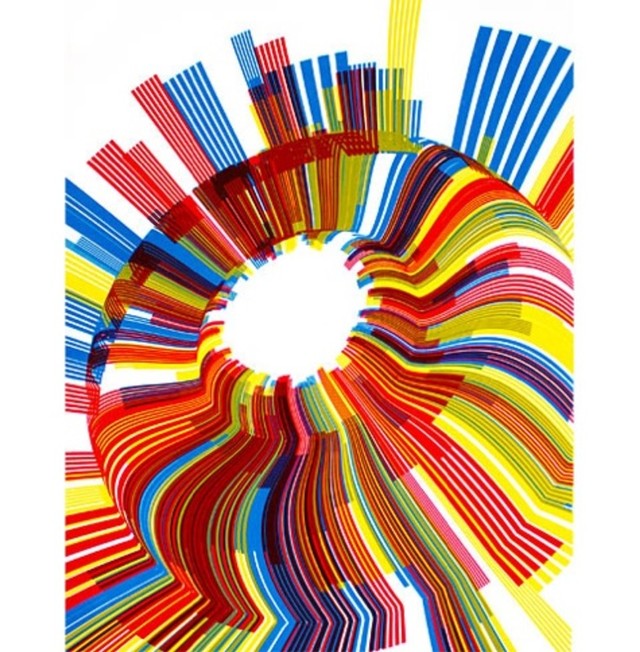
Creator: Chris Harrison
Link: https://www.chrisharrison.net/index.php/Visualizations/InternetMap
This map visualizes the city-to-city Internet connections, which play a huge role in our lives nowadays. For those of us in the US, it seems like we would no longer be able to survive without the Internet. Yet looking at this map helped me realize how millions of people have little to no access to the Internet. Being connected online feels like a guarantee for many of us, and at least for me, this map made me realize that I’ve been taking granted how easy it is to access the Internet, when in reality, access to the Internet would be a life changing resource for the millions of people without access.
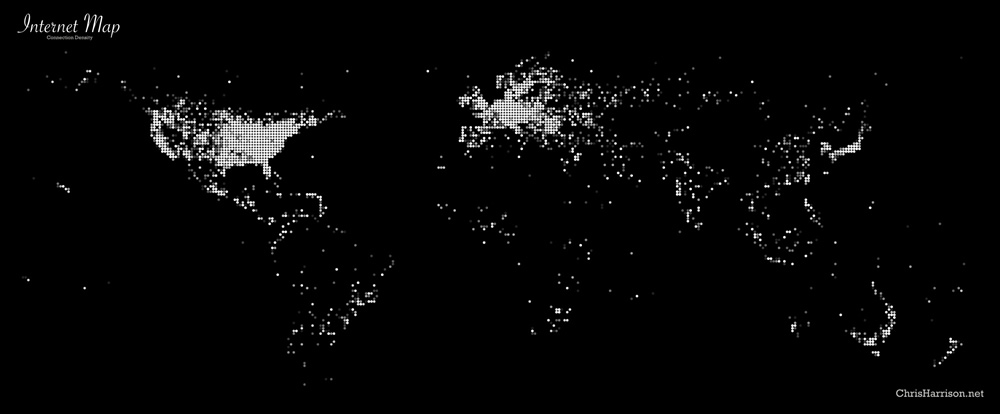
This project also made me wonder about the quantity of communication between high internet usage countries and low internet usage countries. Due to globalization, the choices that more powerful countries make can drastically affect every single other country in the world. It seems to me that as a resource, the Internet has become so fundamental for so many things that lack of Internet access and infrastructure is a huge disadvantage for many countries and people.
The map was created with data from the DIIMES Project. It displays a total of 89,344 connections.
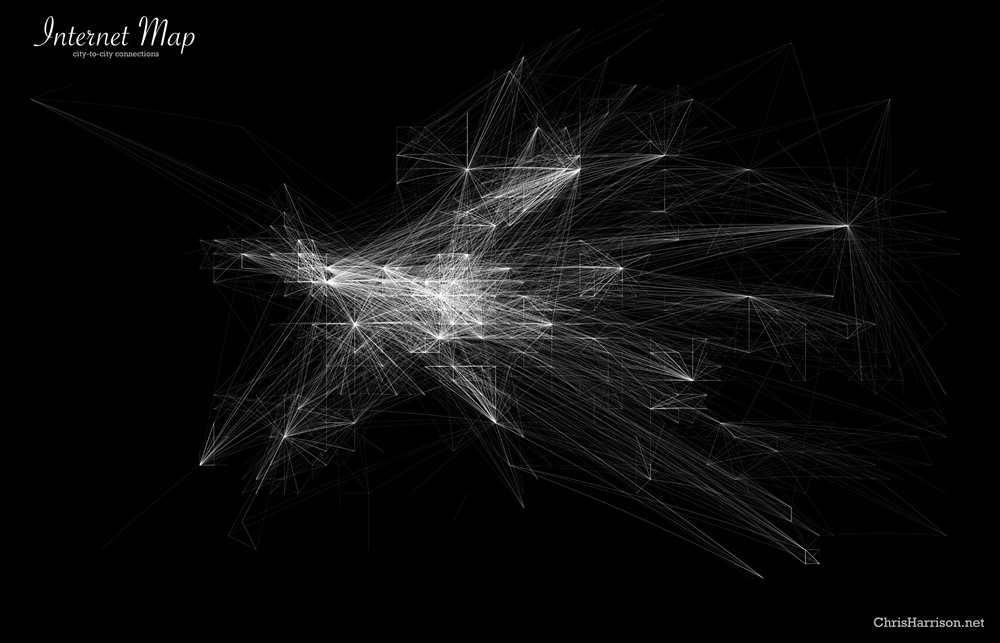
![[OLD SEMESTER] 15-104 • Introduction to Computing for Creative Practice](../../../../wp-content/uploads/2023/09/stop-banner.png)

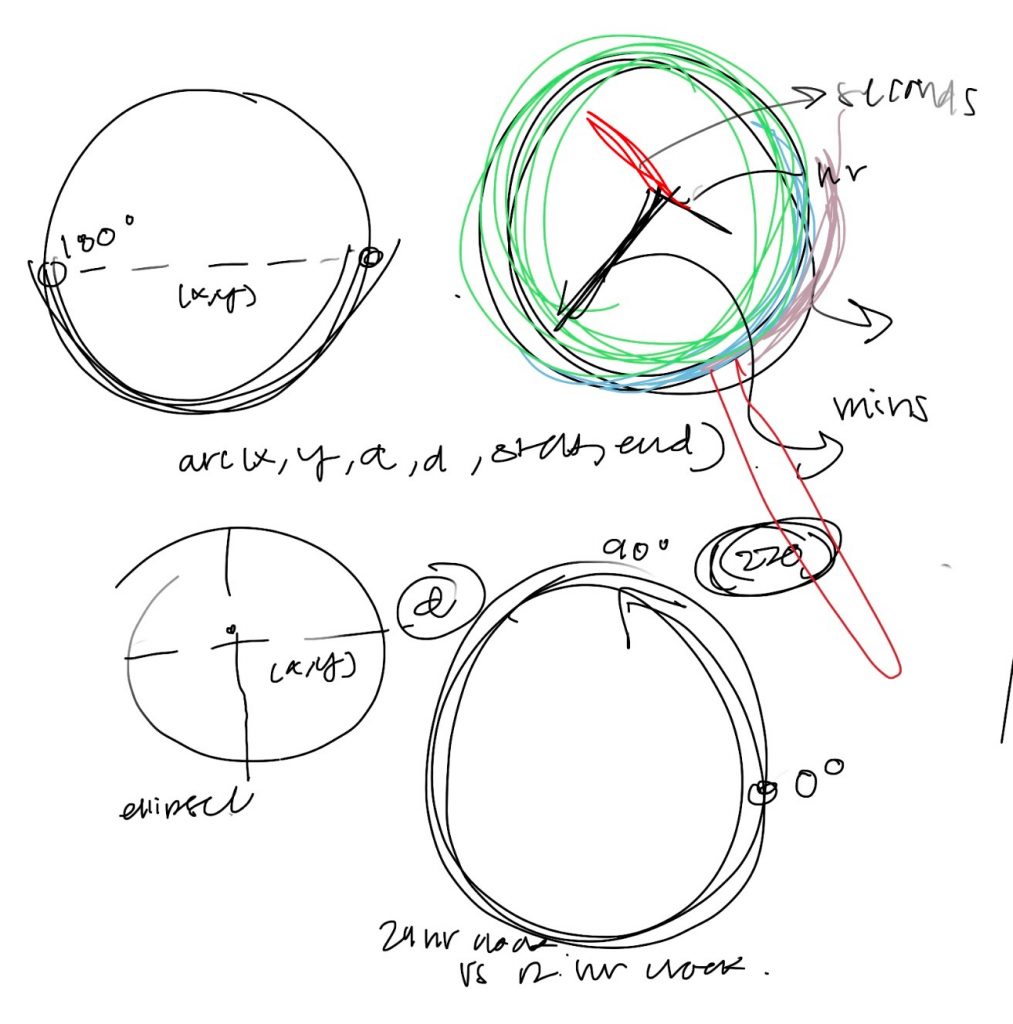
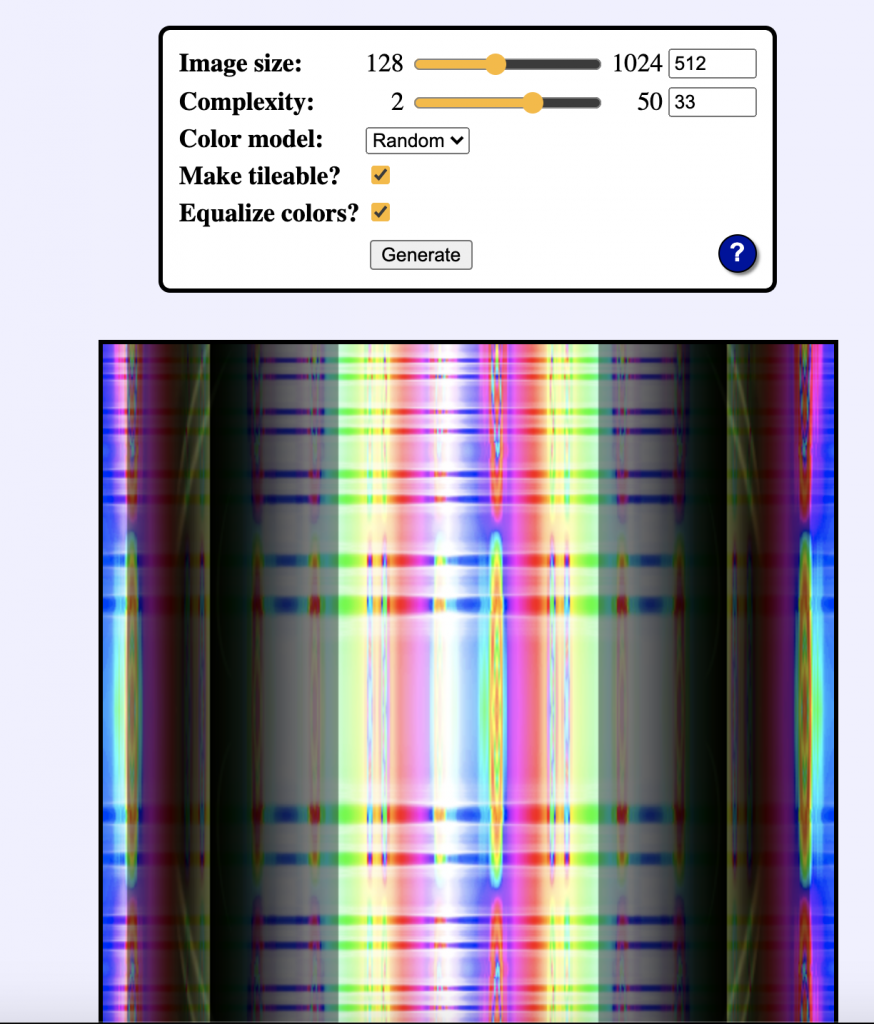
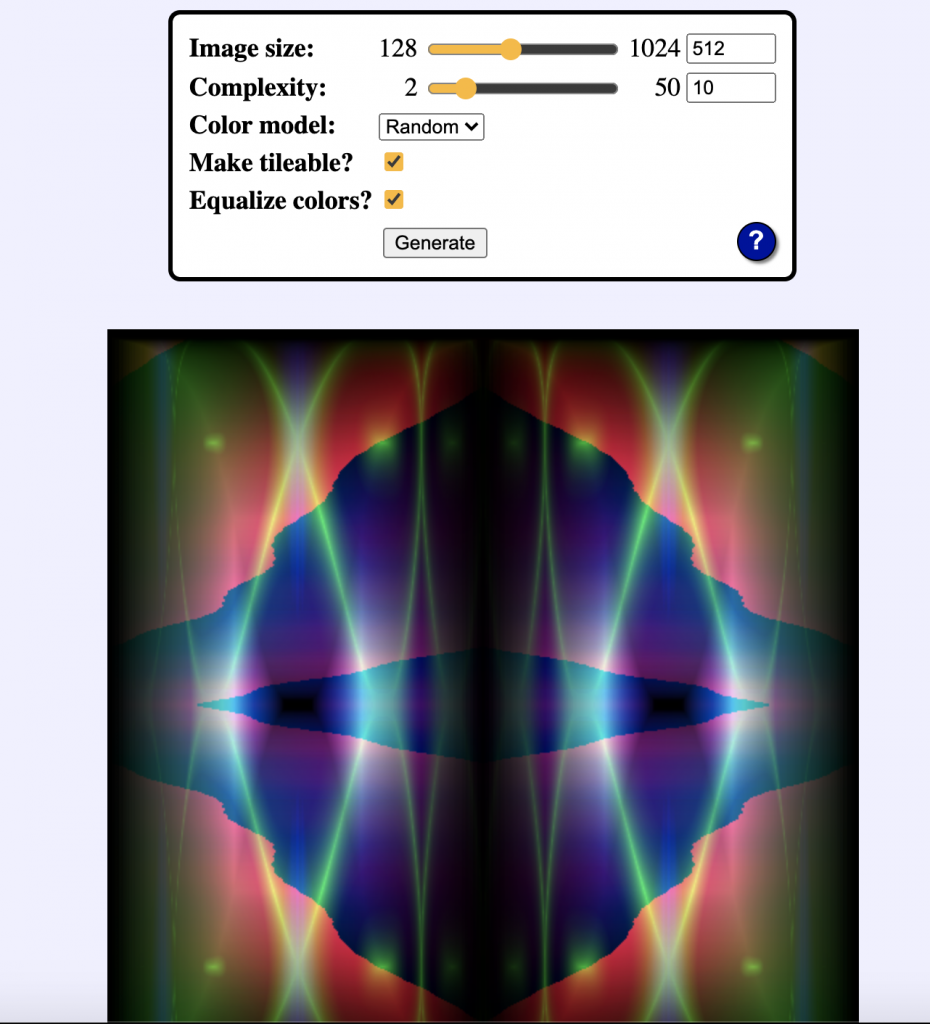


![엄마표 과학] 만공한국사, 자격루 만들기 - 물시계의 원리 : 네이버 블로그](https://mblogthumb-phinf.pstatic.net/MjAyMDEyMDRfMjg4/MDAxNjA3MDY2NzUzOTk1.ufP6_lAdb35EGk3w5uEJPKdUP9PmM9TOq8yd6zCxUpQg.pMTPFAdfHiPkeI7L9y0FJTTtCI1os2z5rg4uD0K6SGMg.PNG.imp421/image.png?type=w800)

